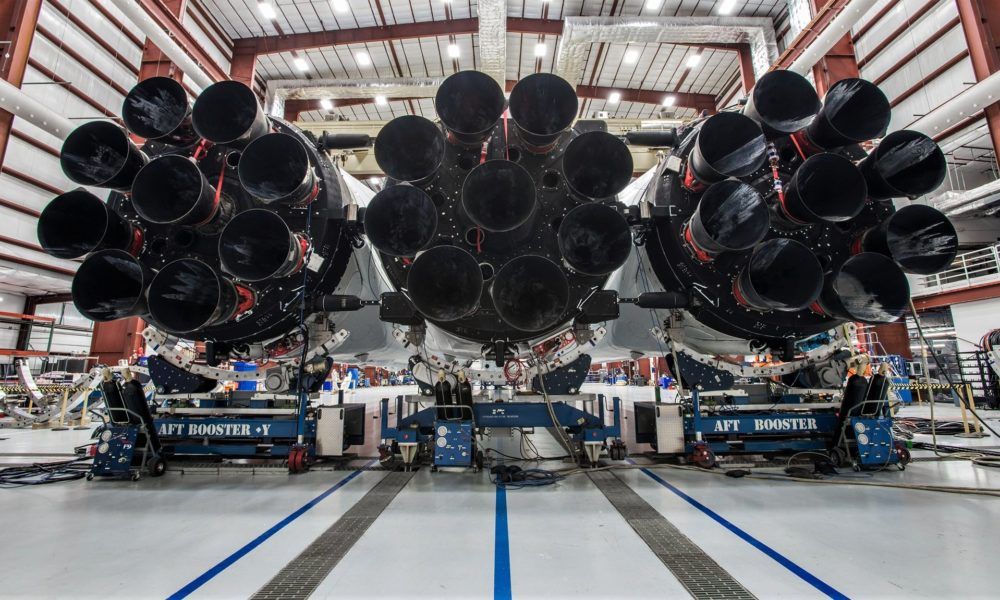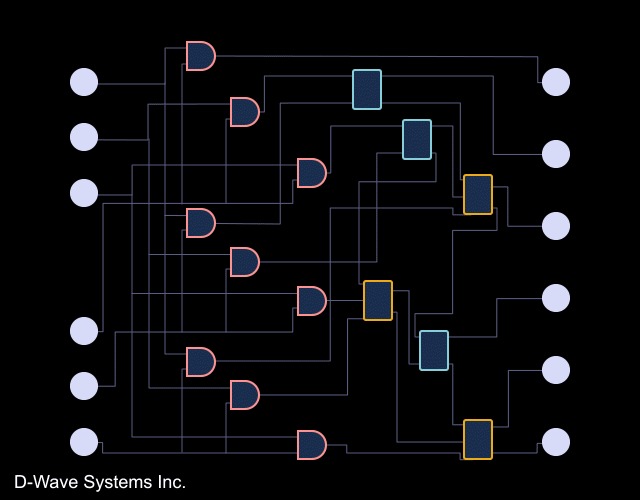The newfound “exomoon” is giant — about four times as big as Earth.
For the first time, astronomers have discovered what could be an exomoon, a moon outside our solar system. The exomoon was found around the gas giant exoplanet Kepler-1625b, which orbits a star 8,000 light-years from Earth.
Although moons are common in our solar system, which has nearly 200 natural satellites, the long search for interstellar moons has been an empty one. Astronomers have had success locating exoplanets around stars outside our solar system, but exomoons are harder to pinpoint because of their smaller size.
Set to give a keynote speech on October 3rd at 2018’s International Astronautical Congress (IAC), Hans Koenigsmann – SpaceX Vice President of Build and Flight Reliability – attended an impromptu talk one day prior, titled “From the University of Bremen to SpaceX”.
Speaking before a small audience, the University of Bremen graduate and fourth employee to join SpaceX discussed his opinions of Falcon Heavy, BFR, and more, frankly relating how SpaceX intentionally chose to build Falcon Heavy on its own, going so far as to turn down funding reportedly offered by one or more US government agencies.
Hopefully a sign of things to come for his 09:20 UTC, Oct. 3 keynote, titled “Reusability: The Key to Reliability and Affordability”, Hans’ precursor talk centered around the circuitous path that led him from University of Bremen to SpaceX, humorously describing how he “got bored of airplanes pretty quickly” after becoming an aerospace engineer. He quickly turned to space, hopping between a number of German smallsat projects that eventually led him to settle in the U.S. after flying there and back “at least 25 times”.
LOL Photo 2
Posted in futurism
Pivot Bio just got a $70 million infusion from Bill Gates’s energy fund and other investors to launch its commercial product next year.
The science: The biotechnology company, based in Berkeley, California, is creating probiotics for plants. The firm’s researchers have identified microbes with a dormant ability to produce nitrogen, a crucial nutrient in synthetic fertilizer, and engineered them to reawaken and enhance it. For its initial product, Pivot Bio has created a liquid treatment for corn crops that can be applied when the seeds are planted.
The sell: In early field tests, patches treated with the microbes produce comparable yields to those relying on synthetic fertilizers. Pivot Bio’s pitch to farmers is that the product reduces work and complexity, because a single application takes less time than spraying multiple rounds of fertilizer.









